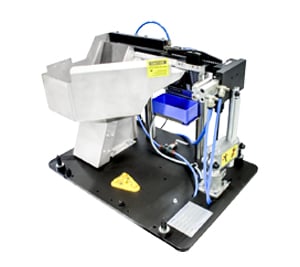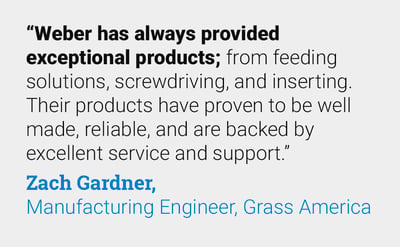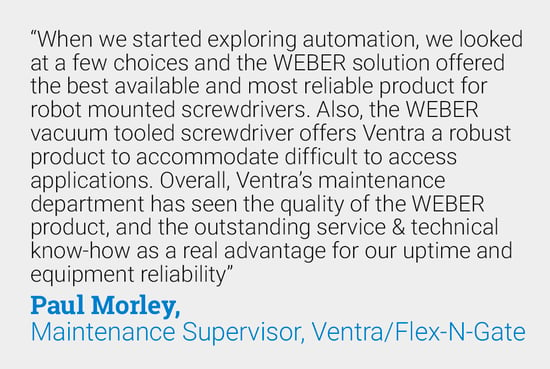3 min read
Joint Relaxation: Fixing What You Can’t See (Part 2)
By: Carey Dupuy Aug 7, 2025 9:00:00 AM

In Part 1, we discussed why torque alone doesn’t guarantee a sound joint, clamp load does. Now in Part 2, we’ll look at why clamp load can still fail even when torque is correctly applied. This post unpacks joint relaxation, the invisible shift that undermines fastening integrity over time.
Field Failures vs. Test Successes
Fasteners don’t always fail in testing, but they often fail in the field. When a torque wrench reads lower than expected, the immediate assumption is often that something went wrong during installation. But when the tooling data says the job was done right, and the numbers still don’t hold, the issue usually isn’t in the process. It’s in the joint.
What Is Joint Relaxation?
Joint relaxation is a shift in clamp load that occurs after tightening. Even when a fastener is torqued to spec, internal materials can compress, flow, or deform, causing the stored tension to bleed out. This can happen instantly or over time. Either way, the result is the same: a joint that no longer holds as expected. This loss in clamp load can lead to leaks, loosening of the joint, or complete joint failure, especially in applications with pressure seals or dynamic loads.
Gaskets are common culprits. Rubber, cork, and o-rings all have compressible properties that can yield post-tightening. Poor-quality materials add another variable. In one case, aluminum castings with high porosity resulted in torque values dropping by half within minutes, leading to leak issues across gas meter assemblies. The problem wasn’t visible, but it was measurable.
The Challenge: Real vs. Perceived Failure
For manufacturers and assembly teams, the challenge lies in distinguishing between real failure and perceived failure. When a customer calls to report that the fasteners are loose, the instinct is to blame the driver. But more often than not, the tool performed exactly as programmed. It's the joint behavior that changes after the cycle finishes.
So how do you solve something you can’t see?
WEBER approaches joint relaxation with three distinct strategies, each tailored to the application:
Over-Torque Compensation
This is the brute force method where you would torque past the spec to offset the expected drop. It’s fast and simple but risky. Some parts won’t tolerate the added force. Threads can strip and screwheads can shear off, meaning it is often a last resort.
Double-Hit Technique
This method tightens the screw, pauses briefly (typically 100–200ms), then reapplies torque at a slower RPM. Most material deformation happens quickly, so the second hit locks in the loss before it spreads. The tradeoff? Extra cycle time per screw.
It’s especially useful when the material stack-up includes known compressible layers, but part design won’t tolerate the risk of over-torque.
Holding Torque
A more surgical option. The system applies torque, and then holds that force for a set time, monitoring for angular displacement. As the joint relaxes, the screw rotates slightly, compensating in real time. It’s more precise and repeatable, especially for variable materials. This method works particularly well in mixed-material joints where flow rates and surface interactions aren’t consistent.
Don’t Let Joint Relaxation Go Undiagnosed
Joint relaxation isn’t rare. It just isn’t always diagnosed. The earlier it’s accounted for, the less confusion downstream. WEBER has built tools that respond to it, with decades of real-world applications behind each solution.
Need to know if your assemblies are vulnerable to clamp loss? Start with a torque study. It’s the simplest way to stop misdiagnoses before they start.
Did you miss Part 1? Go back and learn why torque alone isn’t enough: Clamp Load: Why Tightening Torque Alone Doesn’t Tell the Full Story







